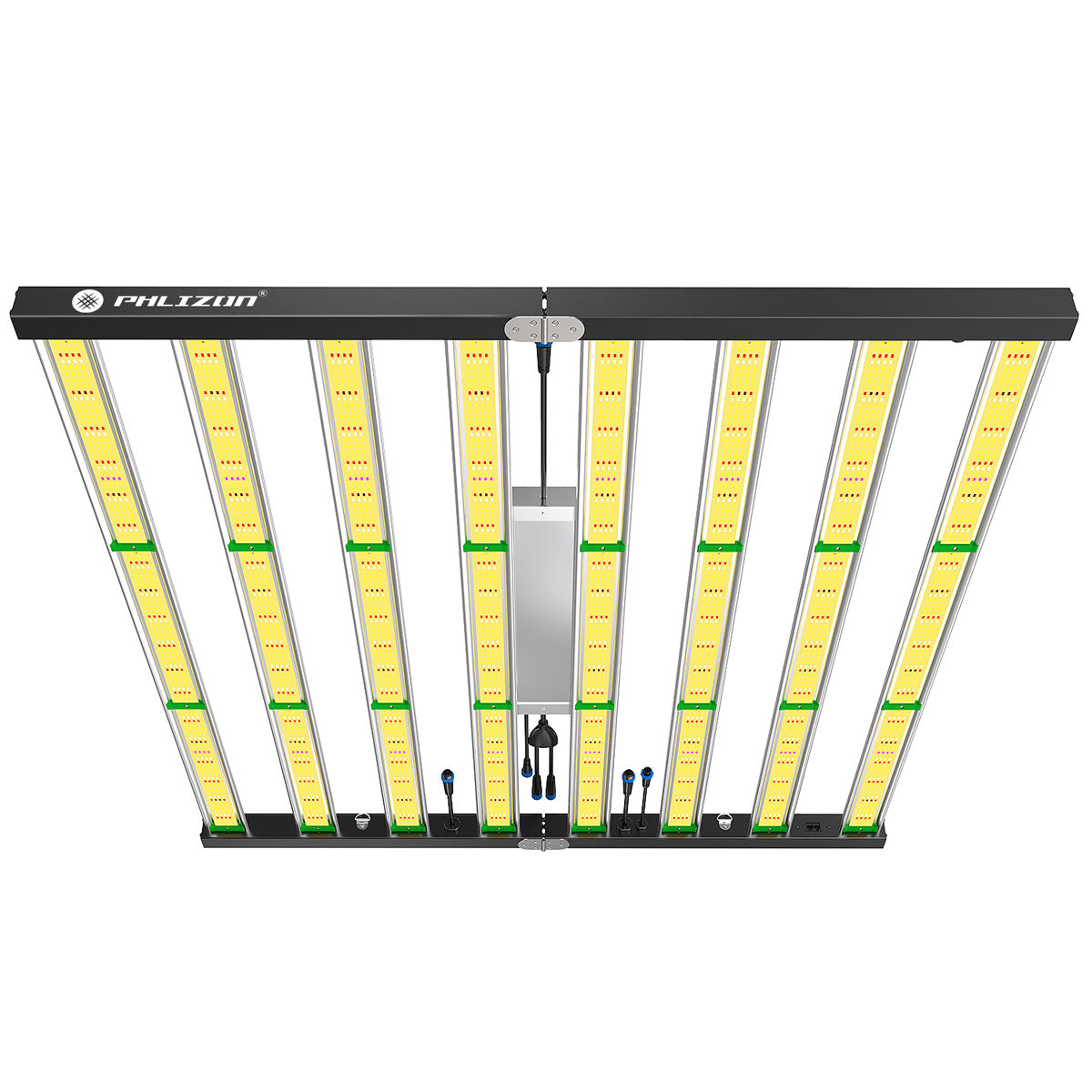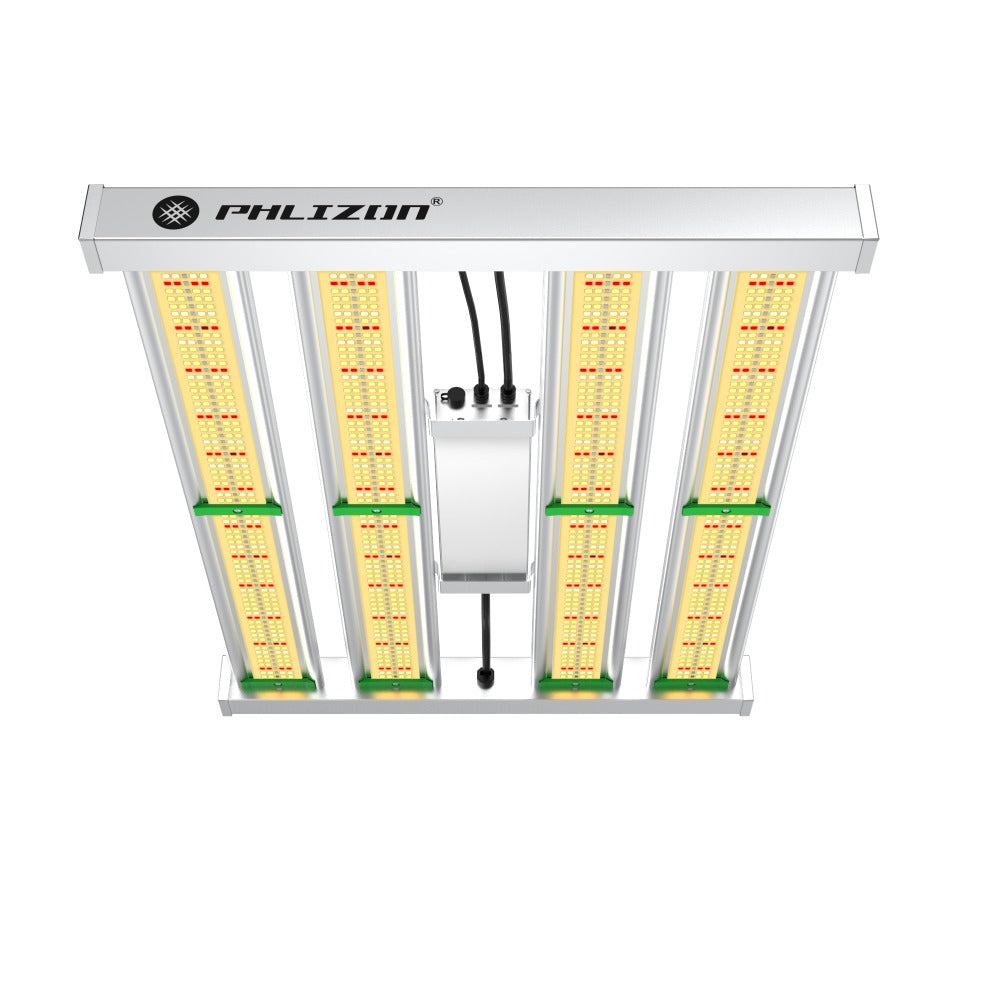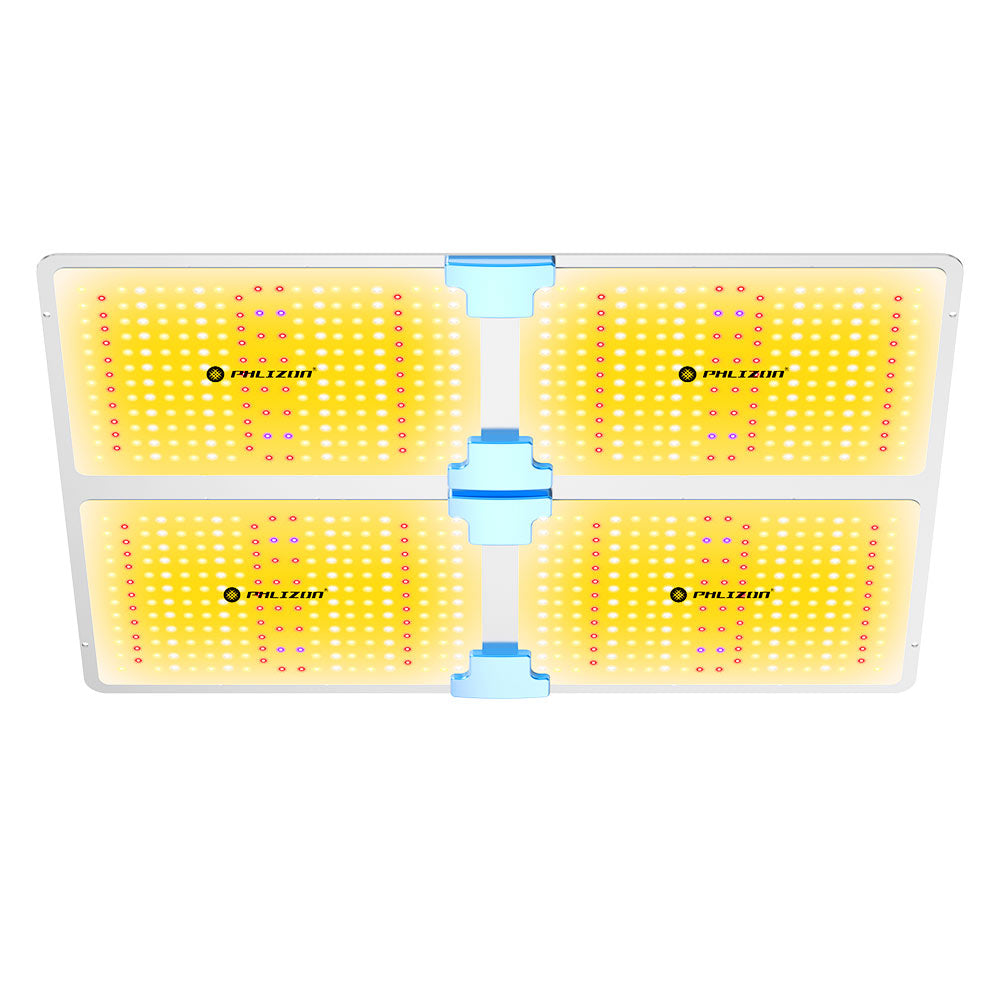Menu
How to Effectively Control the Environment of a Grow Room
Growing plants indoors can yield impressive results, but success depends heavily on controlling the grow room environment. Without the right conditions, plants may struggle to thrive, leading to wasted time and money. Whether you're a beginner or an experienced grower, understanding how to manage temperature, humidity, light, and airflow is essential.
Below, we'll explore practical steps to optimize your grow room for healthy, productive plants.
Why Environmental Control Matters
Plants rely on specific factors to grow, including temperature, humidity, light, and air quality. When one of these is out of balance, growth slows, or problems like mold, pests, or nutrient deficiencies can arise. Indoor growers have the unique advantage of tailoring every aspect of the environment, but this also means taking responsibility for every variable.
Unlike outdoor plants that adapt to weather, grow room plants need consistent, precise care. Small changes can make a big difference in the quality and yield of your harvest.
Temperature Management: The Foundation of Indoor Growing
The right temperature can maximize plant growth, while poor temperature control can stunt or kill plants. For most plants, the ideal temperature differs between day and night.
- Daytime temperatures should usually range between 70°F and 85°F, depending on the plant.
- Nighttime temperatures should drop slightly, staying between 58°F and 70°F.
Temperature consistency is important. Too much fluctuation can stress plants, causing them to enter dormancy or stop producing.
How to Maintain Optimal Temperatures
- Use a thermometer and hygrometer combo: These devices measure both temperature and humidity.
- Install proper HVAC systems: A heating, ventilation, and air conditioning system can keep your grow room climate steady.
- Add or remove heat sources: Use heaters in cold months, and exhaust fans or air conditioners if it gets too hot.
- Monitor lights: Grow lights create heat. If it feels too warm inside, position lights farther away from plants or use cooler LED options.
Humidity: Keeping It in the Sweet Spot
Humidity directly impacts how plants take in and release water. Too much moisture in the air invites mold, mildew, and pests, while too little can dry out leaves and roots.
- During seedling and vegetative stages, plants thrive in 60%-70% humidity.
- During flowering stages, aim for 40%-50% to prevent mold on buds or flowers.
Tools to Control Humidity
- Dehumidifiers: Use these if excess moisture builds up.
- Humidifiers: Add one when air feels too dry, especially in winter.
- Fans and exhaust systems: Proper air circulation keeps humidity even throughout the space.
Pro tip: Always recheck humidity after watering plants, as this often raises moisture levels temporarily.
Choosing the Right Lighting for Growth
Light isn't just a substitute for the sun—it affects every stage of a plant's life. Different plants and phases require varying light intensities and durations.
- During the vegetative stage, use blue spectrum lights (such as metal halides or full-spectrum LEDs).
- For flowering, switch to red or orange spectrum lights (like high-pressure sodium bulbs or LEDs).
- Most setups need 12-18 hours of light per day, while some plants require complete darkness at night.
Avoid Common Lighting Mistakes
- Place lights at the right height: Too close, lights can burn plants; too far, plants won't photosynthesize efficiently.
- Choose energy-efficient bulbs: LEDs may cost more upfront but save energy and produce less heat.
- Maintain clean light reflectors: Dust and debris reduce light output.
Airflow and Ventilation: The Unsung Heroes of Grow Rooms
Airflow ensures plants get the carbon dioxide (CO2) they need for photosynthesis. Proper ventilation also prevents heat and humidity buildup.
Setting Up Ventilation Systems
- Oscillating fans: Place fans to circulate air evenly across the room.
- Exhaust fans: Pull hot, stale air out of the space.
- Intake fans: Bring fresh air in, balancing temperatures.
- CO2 supplementation: For advanced growers, adding extra CO2 can boost growth by up to 20%-30%.
Good airflow doesn’t mean a breeze. Plants shouldn’t be swaying heavily; gentle air movement will suffice.
Keeping the Environment Clean and Pest-Free
A controlled environment also means keeping it clean. Dust, debris, and pests can quickly ruin the effort put into the grow room.
Cleaning Tips for Grow Rooms
- Regularly wipe down surfaces: Prevent debris from piling up near plants or on equipment.
- Sterilize tools and equipment: Before working inside, sanitize your hands and any tools you’ll use.
- Inspect plants frequently: Spotting pests early can prevent infestations.
- Replace air filters: Clogged filters lead to poor air quality and weaker plants.
Automation: Simplifying Environmental Control
Manually monitoring every environmental factor can become overwhelming. Automation streamlines this process and prevents human error.
Recommended Automation Tools
- Timers for lights: Ensure consistent light cycles even when you’re away.
- Smart humidity and temperature controllers: These devices adjust HVAC systems automatically when levels fluctuate.
- Smartphone apps: Many tools sync with apps, enabling real-time monitoring.
Automation can be an upfront investment, but it saves time and pays off with better plant health.
Conclusion
Controlling the grow room environment isn’t complicated once you know the key factors: temperature, humidity, light, and airflow. With the right tools and practices in place, plants will grow faster, healthier, and more productive. Start small by measuring and adjusting one variable at a time, and soon you'll master creating the perfect conditions for your indoor garden.
Featured blog
- Choosing a selection results in a full page refresh.

















